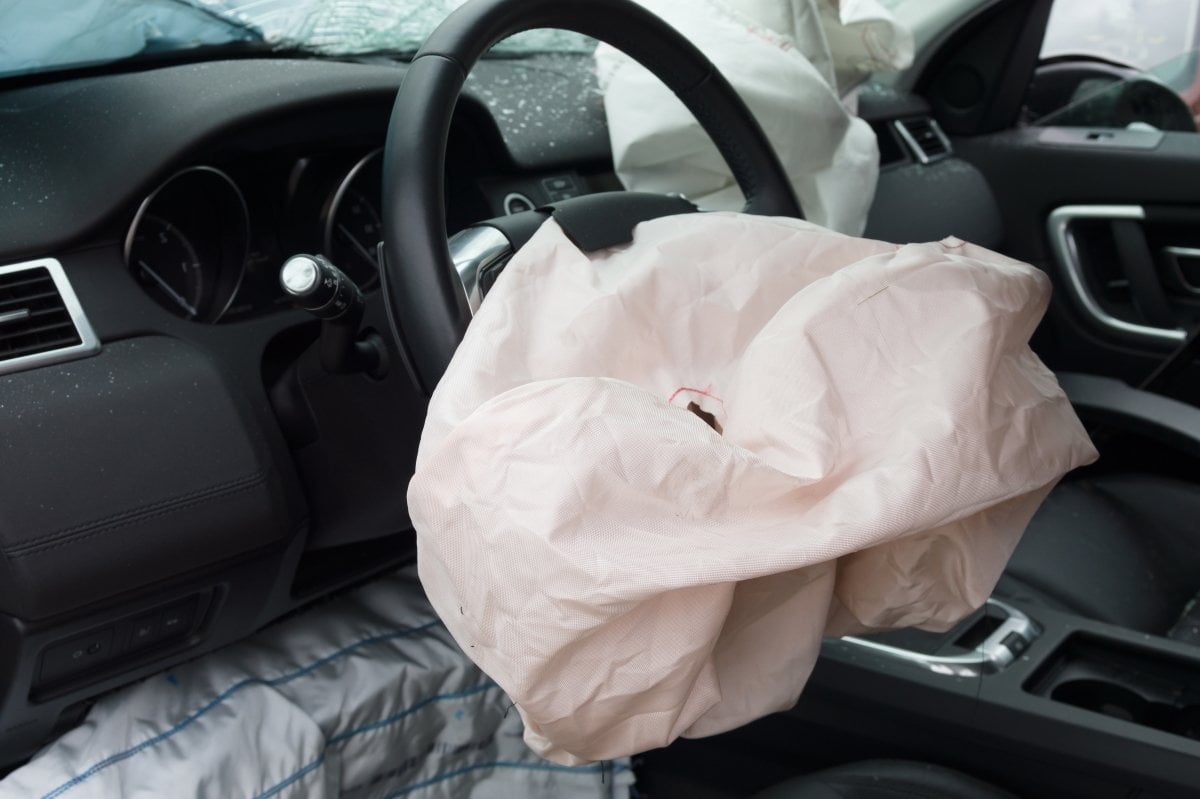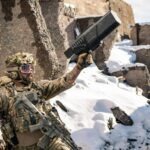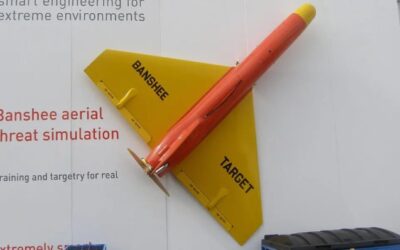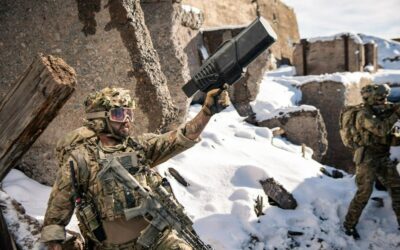MULTIMEDIA CORNER
MULTIMEDIA
CORNER

Fractions of a second are key in both segments. Just as the cartridge of a firearm contains a propellant powder that accelerates the projectile, many safety systems in cars have propellants that trigger life-saving devices when ignited.
In the event of a collision, the seatbelt’s tightening mechanism works in the same way as the acceleration of a projectile when firing a firearm. The seatbelt tensioner is filled with the same chemical propellant based on nitrocellulose.
When the propellant charge is triggered, gases expand explosively in up to 15 milliseconds, tightening the seatbelt by about 15 centimetres. Without the propellant charge, the seatbelt tensioner would not be triggered and would not therefore be able to provide the vehicle occupants with the required protection.
The seatbelt tensioner is thus one of the passive safety systems in a car. Rheinmetall Defence also supplies propellant powder for seatbelt tensioners to customers in the automotive industry.
Propellant charge: A cross-industry product
Propellants are traditionally used extensively in shooting and hunting as well as in the defence industry. Rheinmetall supplies propellant powders for high-performance ammunition as well as for rescue systems. For example, propellant powder is used in ejector seats of fighter aircraft: Pilots in their seat can rescue themselves from a crashing aircraft by igniting the propellant charge.
In addition to belt tensioning, the automotive industry is increasingly using propellants in other areas of the vehicle, such as airbag deployment systems.
Airbag deployment system is connected to the seatbelt tensioner
The airbag is triggered by the propellant charge. When the vehicle brakes sharply, the propellant charge ignites, similar to the ignition of the propellant charge of a projectile or a seatbelt tensioner, and inflates the airbag in a fraction of a second.
The seatbelt tensioner is also connected to the airbag deployment system, such that information such as the vehicle speed is transmitted via the sensors. In the event of a collision, the airbag deployment system processes such information and decides whether just the seatbelt tensioner is triggered or the airbag too.
At an impact of approx. 60 km/h and an upper body weight of 50 kg, a force of around 23 kN (approx. 2300 kg) acts on the shoulders of the occupants (assuming a braking time of 36 ms).
*Title photo from archive
Source: Rheinmetall Defence
Also read:
Delphi Economic Forum IX | Nikos Papatsas and the need for a collective effort to restructure the European defence industry
The need for enhanced cooperation of the Western powers in the field of Defence was underlined by Mr. Nikolaos Papatsas, Senior Partner of…
Delphi Economic Forum IX | Christian Chatziminas on re-industrialization and high technology in entrepreneurship
Mr. Christian Chatziminas, Founder & CEO of THEON GROUP and President of the Hellenic Entrepreneurs Association, participated in…
Heraklion | Aerial target washes up on beach – Taken for drone from Iran
Yesterday Sunday, intense confusion was caused on a beach in Heraklion, Crete, when an aerial target used in shooting ranges to test…
A reluctant alliance? A different approach to French – Serbian defence relations
It has only been a few months since Croatia started receiving the first of the Rafale fighter jets it ordered from France.
Agamemnon | The new Astute-class HMS nuclear submarine of the Royal Navy
The British Royal Navy has named the newly-built Astute-class nuclear-powered submarine HMS Agamemnon. Doing so, the…
NSPA | Awards first C-sUAS multinational contract in NATO’s history
The NATO Support and Procurement Agency (NSPA) has approved the first Counter-small UAS (C-sUAS) procurement framework agreement…
USA | Signs bill on military aid to Ukraine
US President Joe Biden has signed a bill providing Ukraine with billions of dollars in new aid for its war with Russia, marking a rare…
Armenian Genocide Remembrance Day
On this day, 109 years ago, the genocide of the Armenian people by the Ottoman Empire began, with April 24 being the day of…
United Kingdom | Increase in defence spending
Britain will gradually increase its defence spending to reach 2.5% of GDP by 2030, Prime Minister Rishi Sunak announced…



















0 Comments